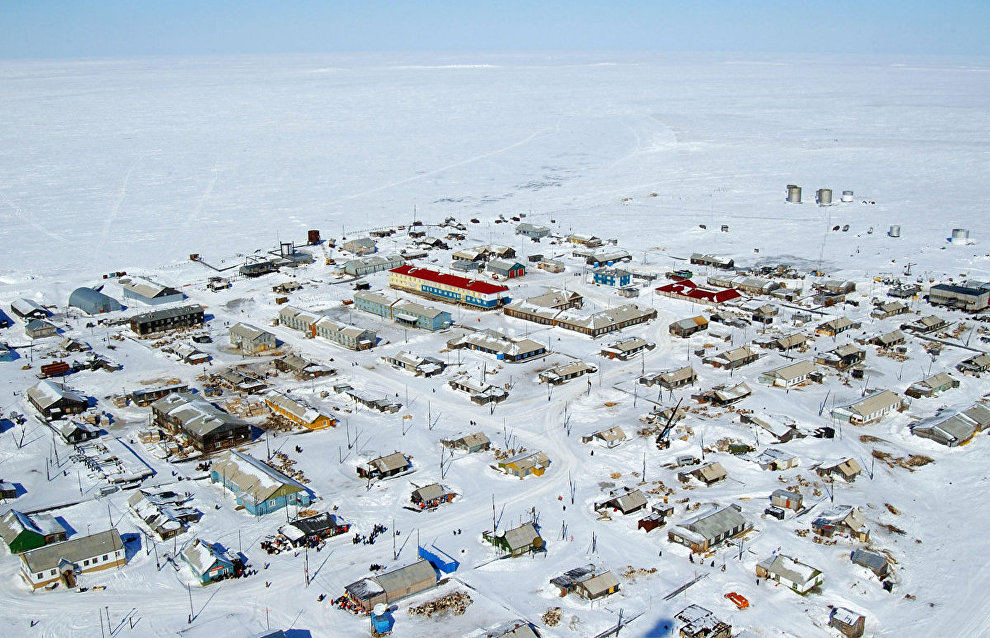The strength of building foundations on permafrost will drop by 20-33 percent
World Meteorological Organization (WMO) expert Omar Baddour believes that by 2059 the capacity of foundations supporting structures built on permafrost in Russia will have declined by 20-33 percent after falling by 10-40 percent compared to the 1960s.
“The capacity of foundations to support structures has declined by 10-40 percent compared to the 1960s in most permafrost settlements in Russia and is expected to decline further, by 20-33 percent, by 2050-2059 compared to 2006-2015. Permafrost thawing, rising sea levels and reduced sea ice protection are projected to damage or cause the loss of many cultural heritage sites, settlements and livelihoods across the Arctic (very high confidence),” he noted.
Baddour added that the UN predicts that by 2050, melting permafrost in the Pan-Arctic region will affect 69 percent of infrastructure, more than 1,200 settlements, 36,000 buildings, and four million people in Europe.
“Many changes in the climate system are becoming more widespread in direct relation to increased global warming. The Arctic and high latitude regions are experiencing an increase in the frequency and/or intensity of rapid sea ice melt, Greenland ice sheet melting, heavy precipitation, inland flooding, coastal erosion, and wildfires. The surrounding high-latitude regions are also suffering from the rapid changes taking place in the Arctic,” the expert elaborated.
Baddour is also concerned that in Canada and Siberia, forest fires are now more frequent in permafrost areas where such fires were previously rare.
In July, Russian President Vladimir Putin signed a law on establishing a system of state background monitoring of perennial permafrost through the Federal Service for Hydrometeorology and Environmental Monitoring.
